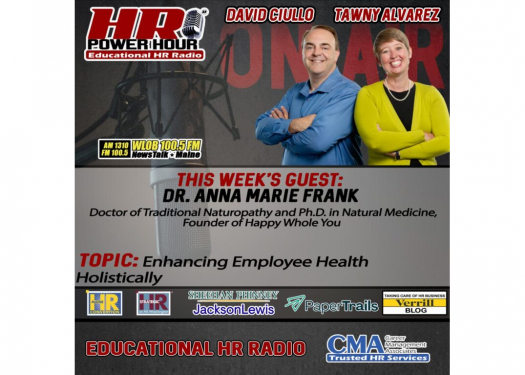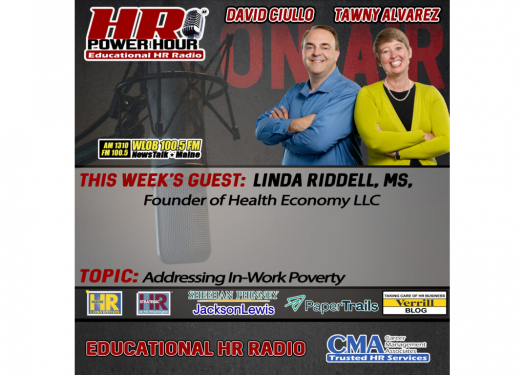OSHA Issues Emergency Temporary Standard for Healthcare Settings
Earlier today (June 10, 2021), OSHA issued COVID-19 Emergency Temporary Standard (ETS) Subpart U applicable to healthcare settings. While OSHA has indicated that future guidance may be provided for other industries, today’s guidance is limited to the healthcare setting. The first question: Does the ETS apply to your organization? The good news is that OSHA has provided a helpful tool for determining whether the ETS is applicable. This flowchart will help employers determine applicability.
The second question becomes, if the ETS is applicable to your organization (or a portion of your organization), what requirements have been set? The below sets forth a number of the general requirements (with the understanding that some may not be applicable if an employee is fully vaccinated):
- Planning, Training & Policies:
- Develop a COVID-19 Plan: Companies must have a COVID-19 Plan and if the company has over 10 employees, that plan must be in writing. The plan must include a designated safety coordinator with authority, a workplace-specific hazard assessment, and policies and procedures to minimize the risk of transmission of COVID-19 to employees.
- Employee Training: Employees must all receive training to understand COVID-19 transmission and situations in the workplace that could result in infection, and relevant COVID-19 policies and procedures including informing employees of their rights under these standards and protection against retaliation should they exercise their rights under the ETS.
- Standard and Transmission-Based Precautions: Companies must develop and implement policies and procedures to comply with CDC Guidelines as to Standard and Transmission-Based Precautions.
- Recordkeeping:
- COVID-19 Log: Employers with 10 or more employees must establish a COVID-19 log of employee instances of COVID-19. This log should report all COVID-19 cases and not be limited to occupational exposure.
- Fatalities & In-Patient Hospitalization: Employers must report work-related COVID-19 fatalities and in-patient hospitalizations to OSHA.
- Screening:
- Patient Screening: Employers should monitor points of entry where direct patient care is provided and screen and triage patients, clients, visitors, and non-employees and implement patient management strategies.
- Employee Screening: Employees must be screened each workday and shift. Employees must promptly notify the company if they are COVID-19 positive, suspected of having COVID-19, or experiencing certain symptoms. If an employee is found to be COVID-19 positive, the company will have 24 hours to notify certain employees and follow requirements to remove those employees from the workplace. If the company has 10 employees or more, they will be required to provide benefits to workers who must isolate or quarantine (including maintenance of regular pay up to $1,400 per week in certain situations).
- Precautions
- PPE: Companies must provide and ensure that employees wear facemasks when indoors, in a vehicle with people for work purposes, and ensure that respirators and other PPE is available if the employee will have exposure to people with suspected or confirmed COVID-19 and for aerosol-generating procedures on a person with suspected or confirmed COVID-19. These requirements are not in place for employees who are fully vaccinated.
- Cleaning and Disinfection: Companies must follow CDC guidance in patient care areas, resident rooms, and for medical devices and equipment. In all other areas, the company must clean high-touch surfaces and equipment at least once daily and provide alcohol-based hand rub or readily accessible handwashing facilities.
- Physical Distancing: Unvaccinated individuals need to be at least six (6) feet apart when indoors.
- Physical Barriers: Companies must install cleanable or disposable solid barriers at fixed work locations in non-patient areas if unvaccinated employees cannot be separated from each other by at least six (6) feet.
- Vaccinations: Provide reasonable time and paid leave for vaccinations and vaccine side effects.
- Ventilation: Company-owned or controlled HVAC systems must be used in accordance with manufacturer’s instructions with air filters rated MERV 13 or higher if the system allows it.
- Aerosol-generating procedures on individuals suspected or confirmed to have COVID-19: Companies must limit the presents of employees to only essential team members and perform procedures in an airborne infection isolation room if one is available and clean and disinfect surfaces and equipment after the procedure.
This standard provides exceptions/different obligations for employees who are fully vaccinated and for employees who have had COVID-19 and recovered within the past three months.
Employers should review OSHA’s Fact Sheet on the COVID-19 Emergency Temporary Standard for additional information and are invited to reach out to Tawny Alvarez or another member of Verrill’s Employment & Labor Group to further discuss obligations under the ETS.




















